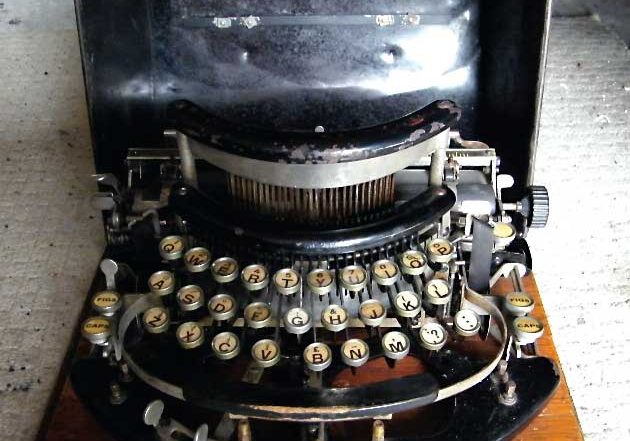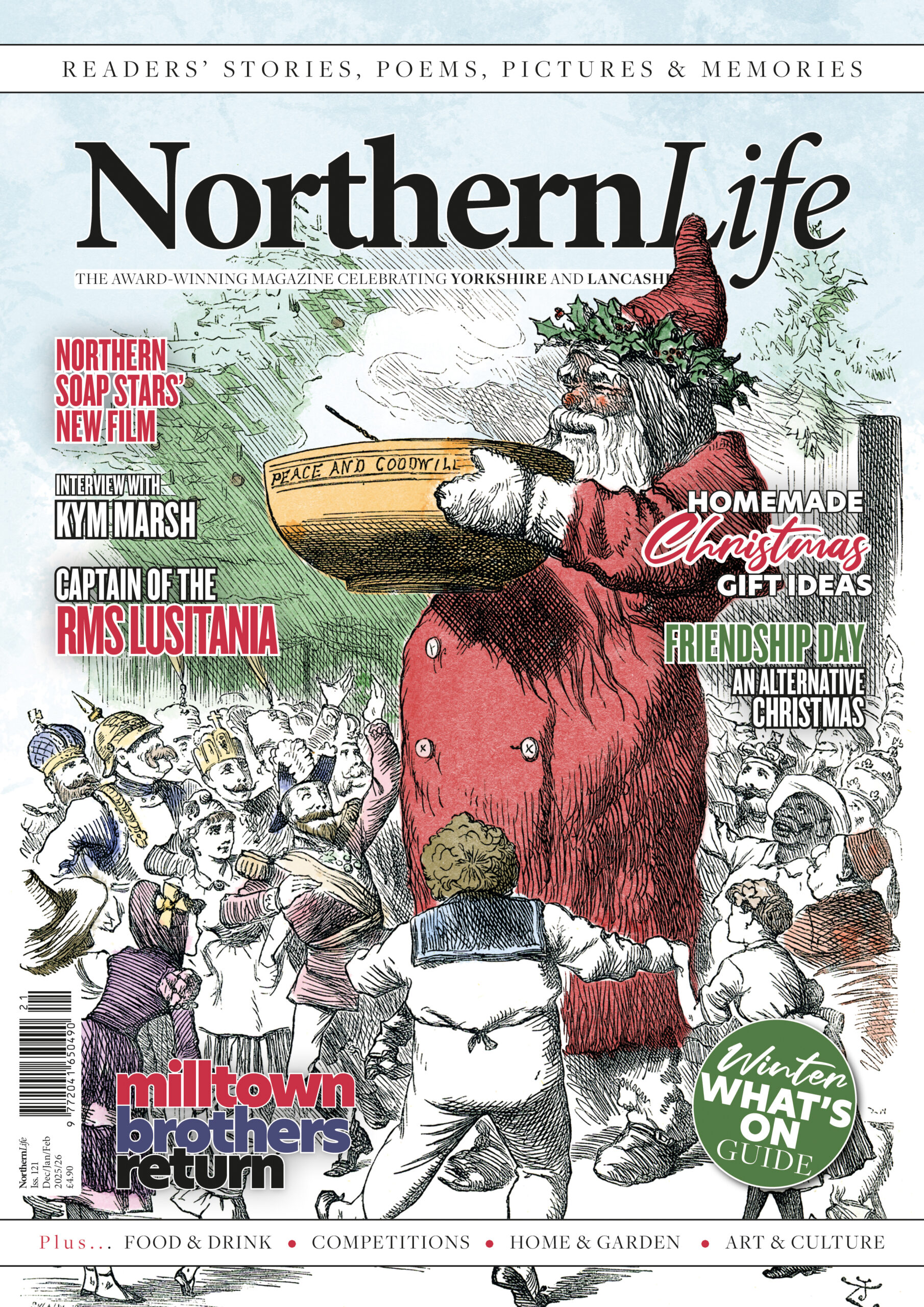
Our antiques expert values an Imperial Model B typewriter
by Allan Blackburn
Dear Allan,
I wondered if you could tell me more – and value – this old typewriter. I believe it is the Imperial Model B typewriter. My father used to use it to write sermons (he was a Methodist lay preacher) and plays for the annual church concert.
It was the machine on which I learnt to type and which served me well for my first few years as a reporter until I managed to afford a portable machine.
I know it is an Imperial and supposedly portable – except it is extremely heavy. There are three characters on every key – a capital, lower case and number – and a double shift lock to access whichever is required.
It still works, although my last remaining ribbon is getting a little worn.
With thanks John Jacobs, Morecambe
How far we have come since the days of short hand typing, secretarial colleges and the invention of the typewriter. Faced every day with our PC’s, lap tops and tablets, it’s hard to
remember a time when we relied on an old typewriter that didn’t come with spell check and grammar corrections.
It’s hard to say who invented the typewriter. There were a number of people who contributed insights and inventions which eventually would result in the commercially successful type of typewriter that we would recognise today.
The concept of a typewriter dates back to at least 1714, when Englishman Henry Mill filed a vaguely-worded patent for “an artificial machine for the impressing or transcribing of letters one after another”.
Later, Italian Pellegrino Turri invented a typewriter in 1808. He also invented carbon paper to provide the ink for his machine. Many early machines, including Turri’s, were developed to enable the blind to write.
By the mid-19th century, the increasing pace of business communication had created a need for mechanisation to speed up the writing process. The typewriter as we know it was produced in 1873 by Sholes and Glidden. It appeared on the American market in 1874 and introduced the QWERTY keyboard that we use today.
Eventually by the 1920s, virtually all typewriters were “look-alikes” and what we’d expect to see. They were typebar machines that used a qwerty keyboard, a shift key and ink from a
ribbon. The most popular model of early years was Underwoods, the number 5, which can still to be found everywhere.
The Corona was one of the most successful machines in typewriter history, with more than 600,000 made. The Corona was exported and sold to different countries so they are not an uncommon sight in antiques centres throughout the country and usually sell for about £50. The other big name in typewriters is Imperial and this is where yours comes in.
This model B meant the commercial breakthrough for the British Imperial in 1915. It’s a “down striker” with type bars that point upwards and a curved “keyboard”.
As typewriters go yours is a very nice one indeed. It’s quite an early one and is in good condition. It’s a nice old one and a collector would like it. However, I have to be honest and say that old typewriters just don’t sell anymore. As we all use computers now, typewriters are a thing of the past and they are heavy and cumbersome to store. Collectors often like to display their wares and to have a number of old typewriters would mean you would need a lot of space!
Lots of people buy things like this to decorate pubs or shop fronts but general collectors are rarely interested.
We have a typewriter very similar to yours in the centre right now. It is on sale for just £10 and it still hasn’t sold, so regarding a valuation for you, I’m afraid, it’s not great news.
I would value your typewriter at between £60 – £80. I am being generous as it’s made by the most well known and well loved manufacturers, is very old and is in good condition. All these factors add value.
If you are wanting to part with it, I would suggest hitting the internet and seeking out a specialist collector, otherwise, you’ll only be looking at a few pounds for someone to take it off your hands.




